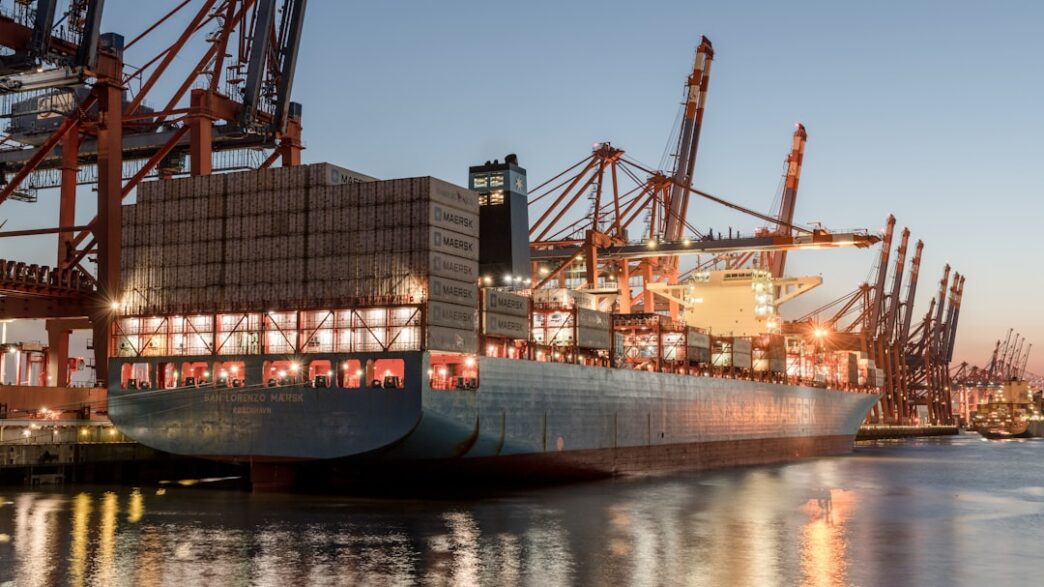In a world increasingly interconnected through trade, the resilience of supply chains has emerged as a crucial factor influencing international commerce. The COVID-19 pandemic served as a stark reminder of the vulnerabilities present in global supply chains, prompting businesses and governments alike to reassess their strategies. This article examines the importance of supply chain resilience in international trade, the challenges it faces, and the strategies businesses can adopt to enhance their adaptive capacity.
Supply chains are the backbone of international trade, facilitating the movement of goods from producers to consumers across borders. However, the pandemic highlighted significant weaknesses, such as over-reliance on single-source suppliers, just-in-time inventory practices, and geographic concentration of production. Disruptions caused by lockdowns, transportation bottlenecks, and labor shortages led to delays, increased costs, and in some cases, complete halts in production. As a result, many businesses experienced not only immediate financial losses but also long-term reputational damage.
The disruption prompted a rethinking of supply chain management, shifting the focus from efficiency to resilience. Resilient supply chains are characterized by their ability to adapt to unforeseen disruptions while maintaining operational continuity. This adaptability can encompass several dimensions, including diversification of suppliers, investment in technology, and development of alternative logistics routes.
One strategy for enhancing supply chain resilience is supplier diversification. By sourcing materials and components from multiple suppliers located in various regions, businesses can reduce their vulnerability to localized disruptions. This strategy, however, requires a careful balance. While having multiple suppliers can mitigate risks, it can also increase complexity and operational costs. Therefore, companies must conduct thorough risk assessments and consider the trade-offs involved in diversifying their supply sources.
Investing in technology is another critical component of building resilient supply chains. Technologies such as blockchain, artificial intelligence, and the Internet of Things (IoT) offer enhanced visibility and tracking capabilities. With real-time data, businesses can identify potential disruptions early and make informed decisions to reroute shipments or adjust production schedules. Furthermore, advanced analytics can help in predicting demand fluctuations, allowing for better inventory management and reducing the risks associated with overstocking or stockouts.
Another essential aspect of building resilience is the development of alternative logistics routes. Geopolitical tensions, such as trade wars and sanctions, have the potential to disrupt traditional shipping lanes. In such scenarios, having alternative routes can keep goods flowing and minimize delays. Companies are increasingly exploring options such as air freight, regional shipping hubs, and even on-shoring or near-shoring production to mitigate risks associated with long-distance transportation.
Collaboration within supply chains is also vital for fostering resilience. Businesses can benefit from establishing strong relationships with suppliers and logistics partners to create a network of support during disruptions. Collaborative planning and information sharing can lead to improved coordination, allowing for quicker responses to unforeseen events.
While the need for supply chain resilience has become more pressing in recent years, it is not without its challenges. Businesses operating in emerging markets may face additional hurdles, such as inadequate infrastructure, regulatory constraints, and limited access to technology. These challenges can complicate efforts to build resilient supply chains, making it essential for policymakers to create an enabling environment that supports investment in infrastructure and technology.
In conclusion, the resilience of supply chains is a pivotal factor in the realm of international trade. As companies navigate a post-pandemic world marked by volatility and uncertainty, understanding and enhancing supply chain resilience will be crucial for maintaining competitive advantage. By diversifying suppliers, investing in technology, developing alternative logistics routes, and fostering collaboration, businesses can better prepare for future disruptions and ensure the smooth flow of goods across borders. Ultimately, a robust and resilient supply chain is not just an operational necessity; it’s a strategic imperative for thriving in the global economy.











